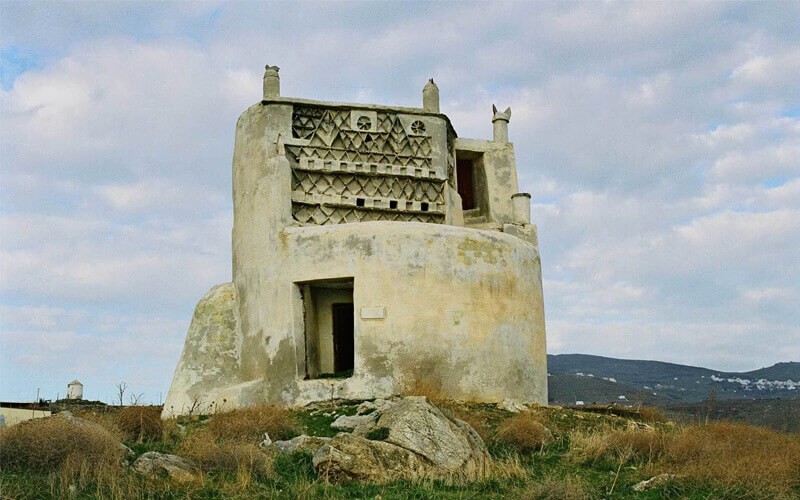The dovecotes are unique monuments of folk creation.
The first official written evidence for their existence dates back to 1726 and refers to a ruined dovecote in Spilia, near Komi.
They contribute to cover the need for food and fertilizer. There are about 800-1500 dovecotes, built on slopes, water oriented.They are made of stone and consist of two floors. The ground floor is used for storing and the upper one by the pigeons.
They are built mainly on slopes, are water oriented, face the more sheltered side and have openings to the south. The door is usually located on the north side.
Most of them are located in the central and central-eastern part ofthe island and in the valleys of Agapi, Potamia, Tarampados, Livada and Kardiani. These are the most fertile regions of the island, where there is plenty of food for the pigeons and their feces are used as fertilizer in the cultivation.
Tinians built dovecotes to breed pigeons, for their tasty meat and their feces, which is an excellent fertilizer.

